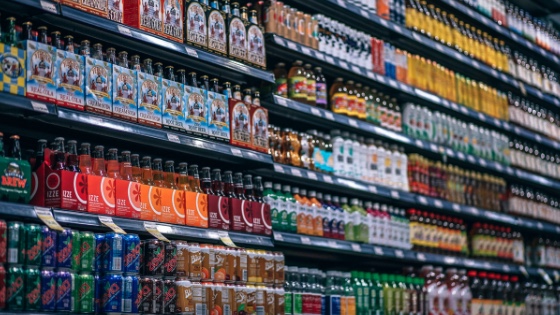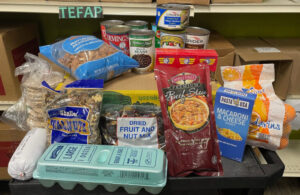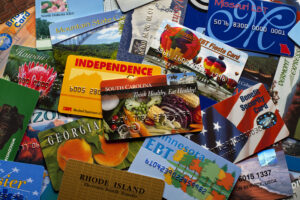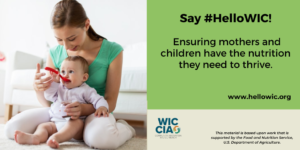Should SNAP participants be allowed to use their benefits to purchase sugary beverages?
This enduring question got put to the test again this week when two prominent health organizations recommended that recipients of federal nutrition assistance be dissuaded from buying sugary drinks. The advice was part of a policy statement issued by the American Academy of Pediatrics and the American Health Association that also — in a first for the organizations — pushed for a tax on sugary beverages.
The report did not call for an outright ban of sugar-sweetened beverages in SNAP, but encouraged the USDA to test incentive programs that would nudge people toward purchases of fruits and vegetables and away from soda and sugary drinks.
Using incentives to encourage healthy food purchases in SNAP is already well established. Organizations like Wholesome Wave and Fair Food Network have encouraged millions of dollars of healthy food purchases through programs that double the value of SNAP benefits when spent on fruits and vegetables.

Policies that might lead to restrictions, however, are a more sensitive matter. The anti-hunger community is generally opposed to restrictions, citing concerns about overreaching governmental interference and potential stigma for recipients who could be denied purchases at the counter. “It’s insulting to poor people,” said Craig Gundersen, a professor at the University of Illinois and the author of numerous studies about SNAP.
Other problems with the approach, he said, include people dropping off of federal assistance if they decide restrictions are not worth the added stigma and hassle. In addition, reconfiguring labels to indicate SNAP eligibility could be an expensive proposition.
In their policy statement, the healthcare associations cite reports estimating SNAP dollars pay for 20 million servings of sugary drinks daily at an annual cost of $4 billion, and that 52,000 deaths over the next decade could be averted by removing sugary drinks from SNAP. Another study cited showed that pairing healthy-food incentives with restrictions on unhealthy food was the most effective approach to putting more nutrition into people’s diets.
These stats leave Gundersen unmoved. “On a purely moral basis, how dare we tell poor people what they can and cannot do,” he said.
The best plan for SNAP, he added, is to expand the benefits, based on the many studies that have proven its effectiveness. Said Gundersen, “Put more money into it and let people make up their own minds about what’s best for their families.”









